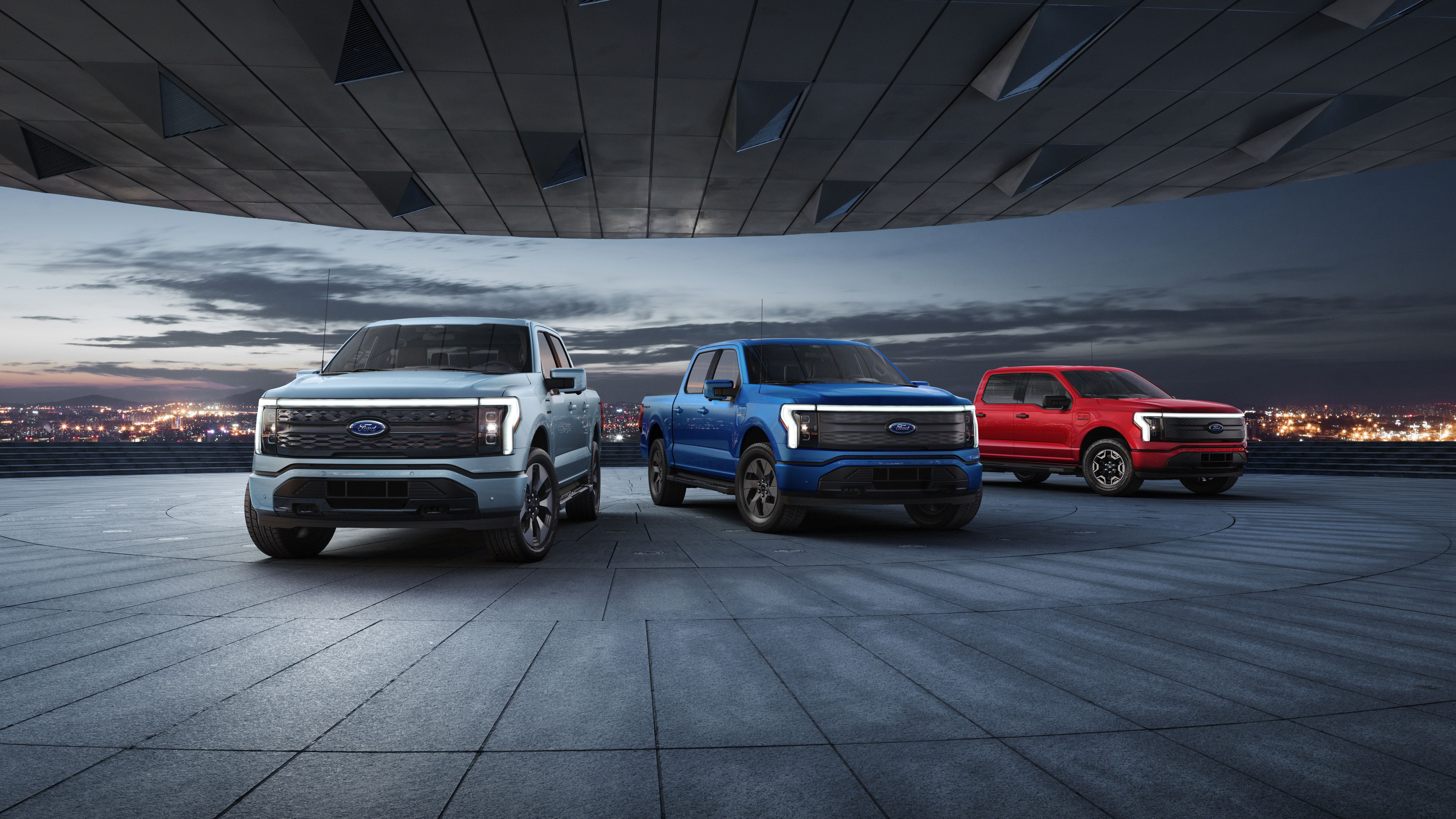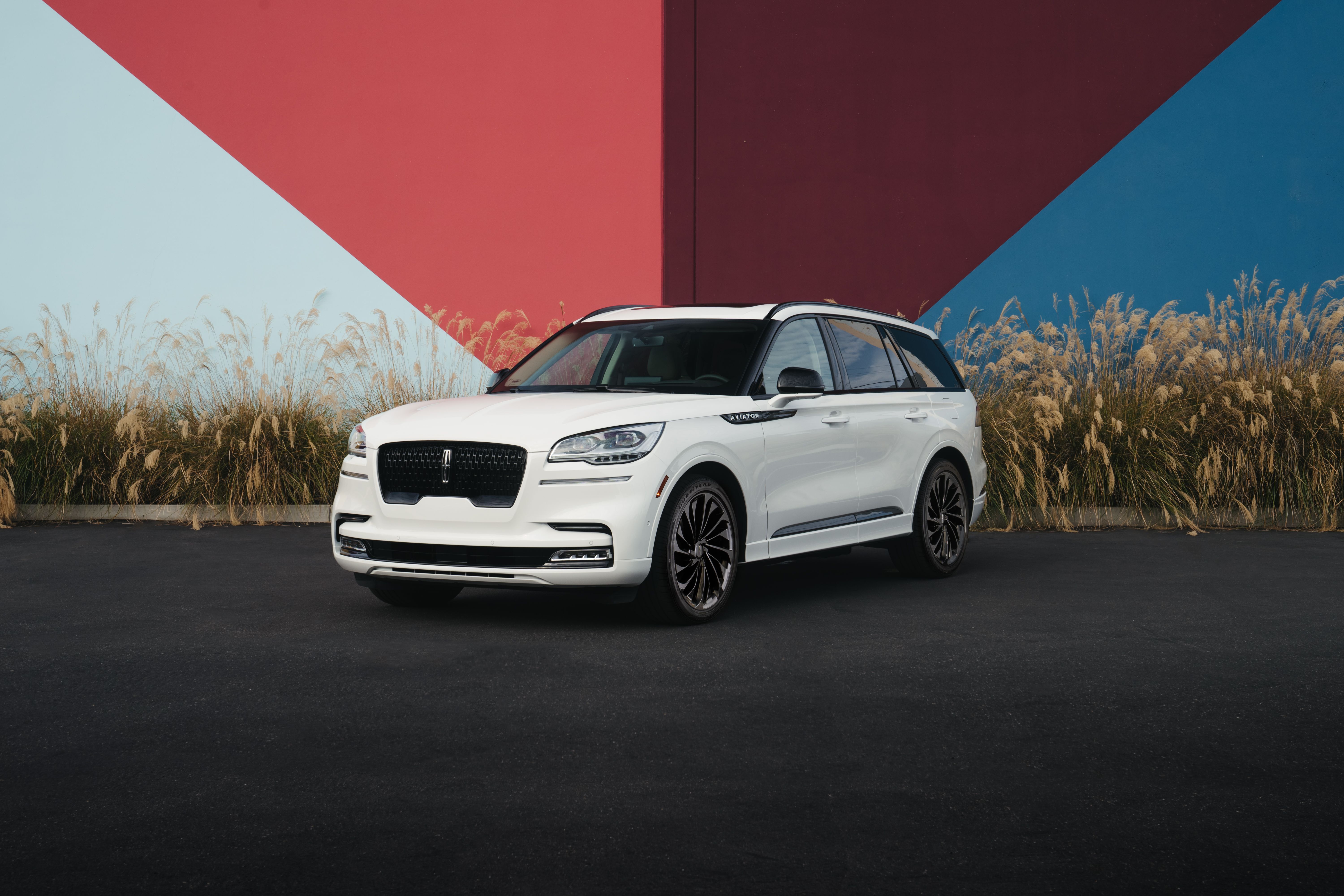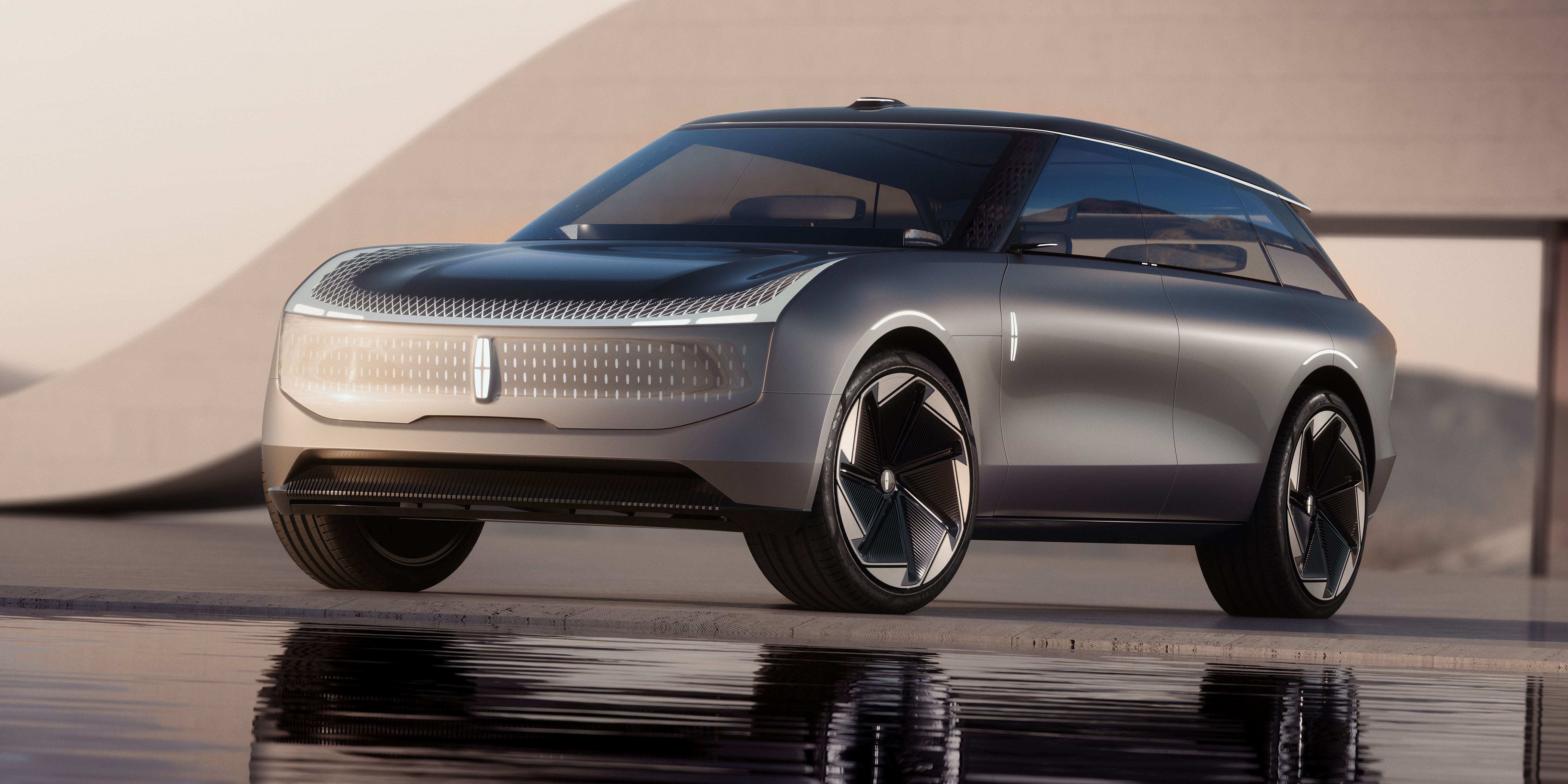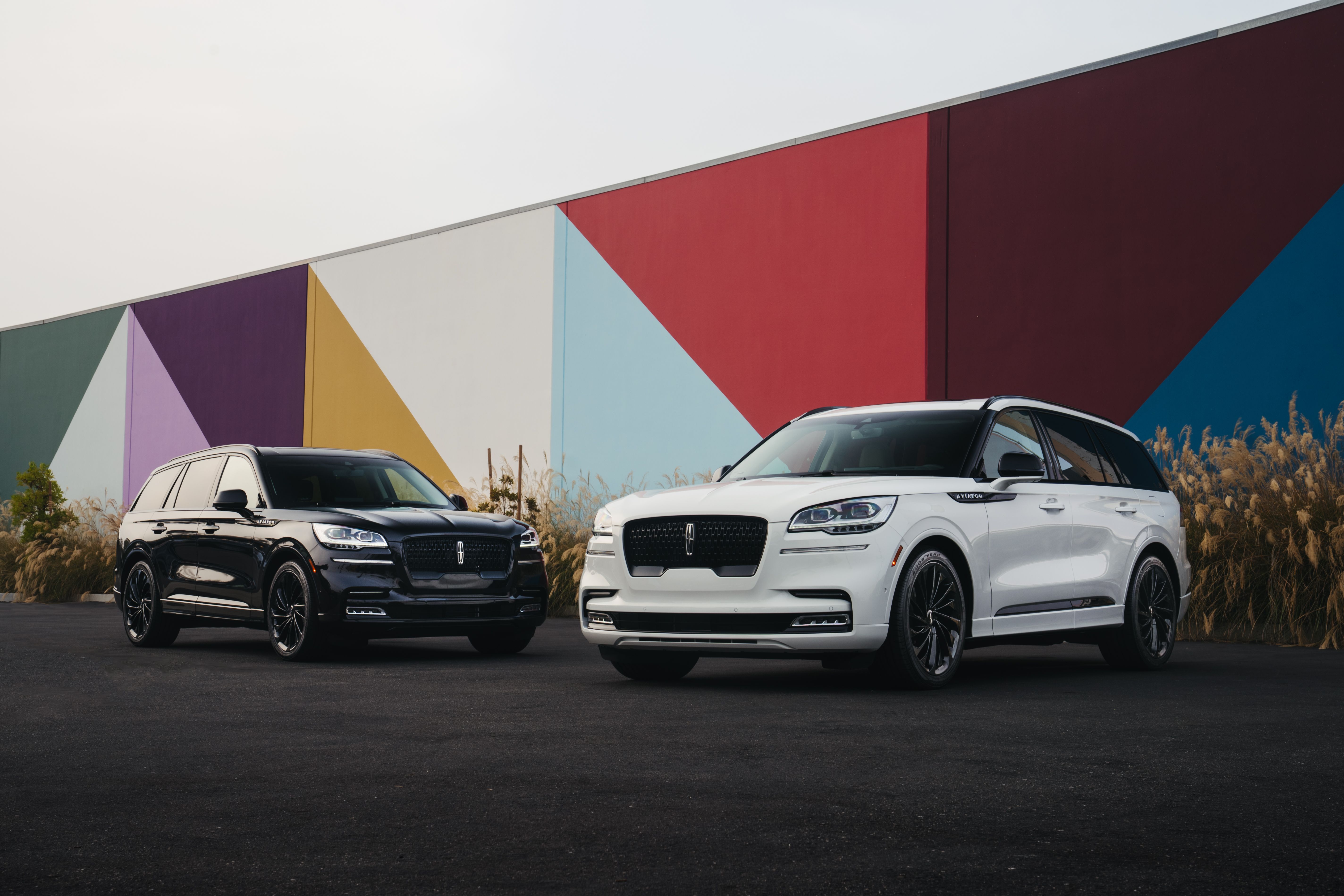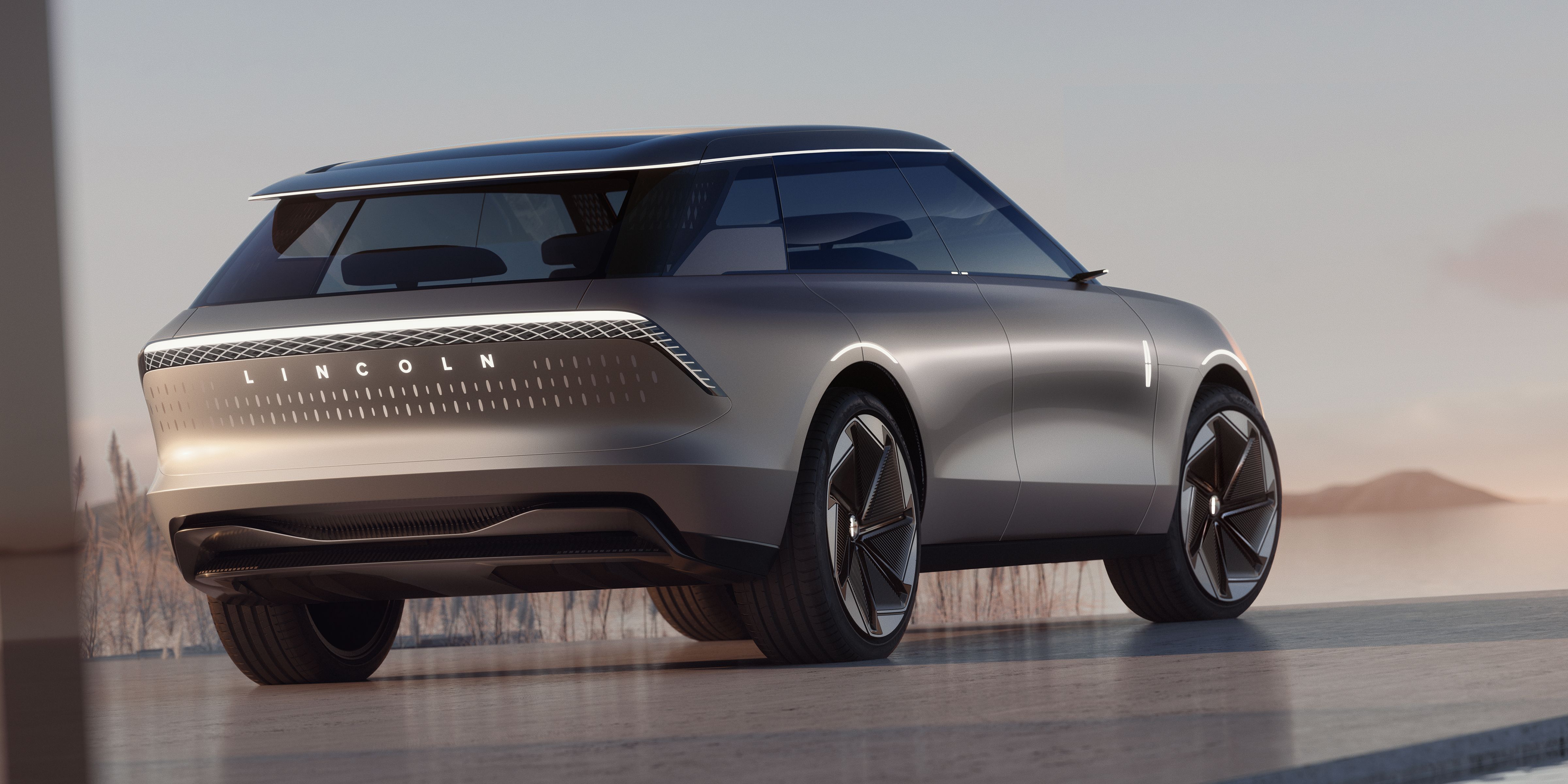Ford CEO Jim Farley says the future EVs from the blue oval will not simply be electrified versions of current models. This means that the brand's lineup will grow considerably, and it has even been said that fans of current models might not like the future electric models.
Future of Ford and Lincoln EVs
In April 2022, Ford's CEO Jim Farley said, "I want to be clear here that as we move forward, our EV designs will be progressive, and they’re going to be bringing new customers to Ford and Lincoln. They will not be electric versions of our existing lineup," while addressing the Q1 2022 earnings.
Think more so Mustang Mach-e rather than F-150 Lightning. The former is a bespoke car; it is not closely based on an existing ICE-powered model. Whereas the F-150 Lightning has essentially the same backbone as the normal ICE F-150. However, it seems as if this may be more difficult than Ford thought it would be.
At the 2022 Alliance Bernstein Strategic Decisions Conference Farley said, "To have top-end engineering much less, like Tesla has shown us, you have to approach the creation of the product through a conquest methodology...You over-invest in electric architecture and embedded system, the way they look, the digital experience inside of them. It’s probably not going to be comfortable for our current customers who buy an Explorer."
We know that Ford is working on the Explorer EV and the Lincoln Aviator EV at the time of writing. If what Farley says is true, then the aforementioned EV models will not share significant pieces with their ICE cousins, even though they share a name.
However, it is likely that the Explorer EV and Aviator EV will both ride on the same backbone and will essentially be the same car underneath, with the Lincoln featuring a better interior and different body styling. In fact, the Aviator EV will probably be closely styled after the Lincoln Star Concept from April 2022.
what other automakers are thinking
On April 26, 2022, one day after F-150 Lightning production began, Chevrolet posted a tweet that said, "when we say 'all new' we actually mean it." This is likely a shot at the blue oval for their tactics in terms of producing and designing the F-150 Lightning. However, the Silverado EV has been pushed back and is not expected to go on sale until 2023 at the earliest.
For a while, automakers were struggling to make decent electric cars that had acceptable range and pricing, however, that has changed. Turning an ICE car into an EV is not uncommon. Nowadays, they have found a shortcut to developing a new EV; they simply take an existing ICE model, yank out the engine, gearbox, and the rest of the drivetrain, and drop in one or two electric motors and a massive battery pack.
Voila, you have an EV, congratulations. This is not specific to any one brand, although Volvo and Hyundai seem to have an affinity for it. However, Hyundai is already moving away from that practice with the Ioniq 5 and the KIA EV6, and Volvo has Polestar to do their EV bidding for them.
Perhaps in the future, we will see a total separation of ICE car components and EV components.

